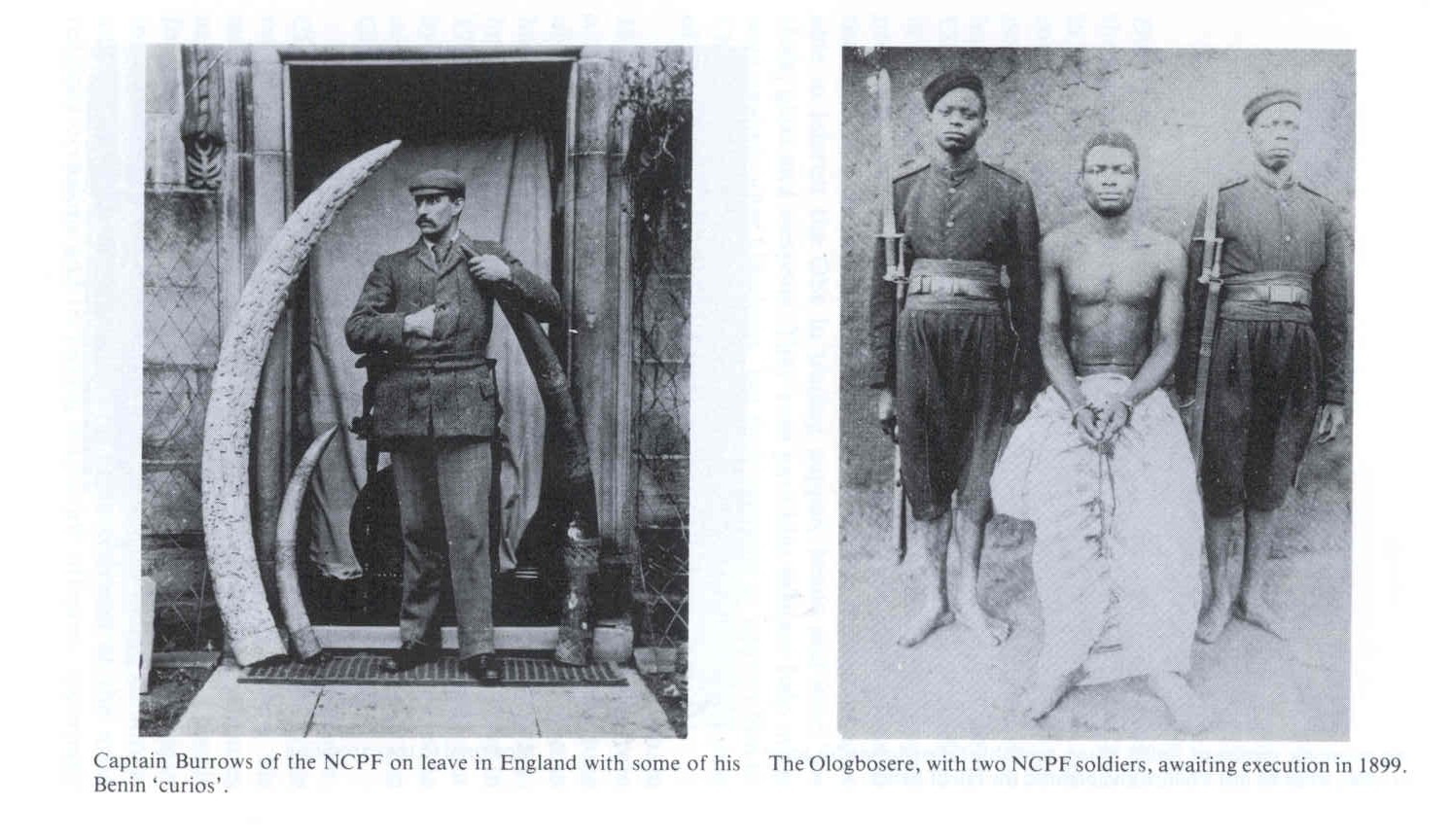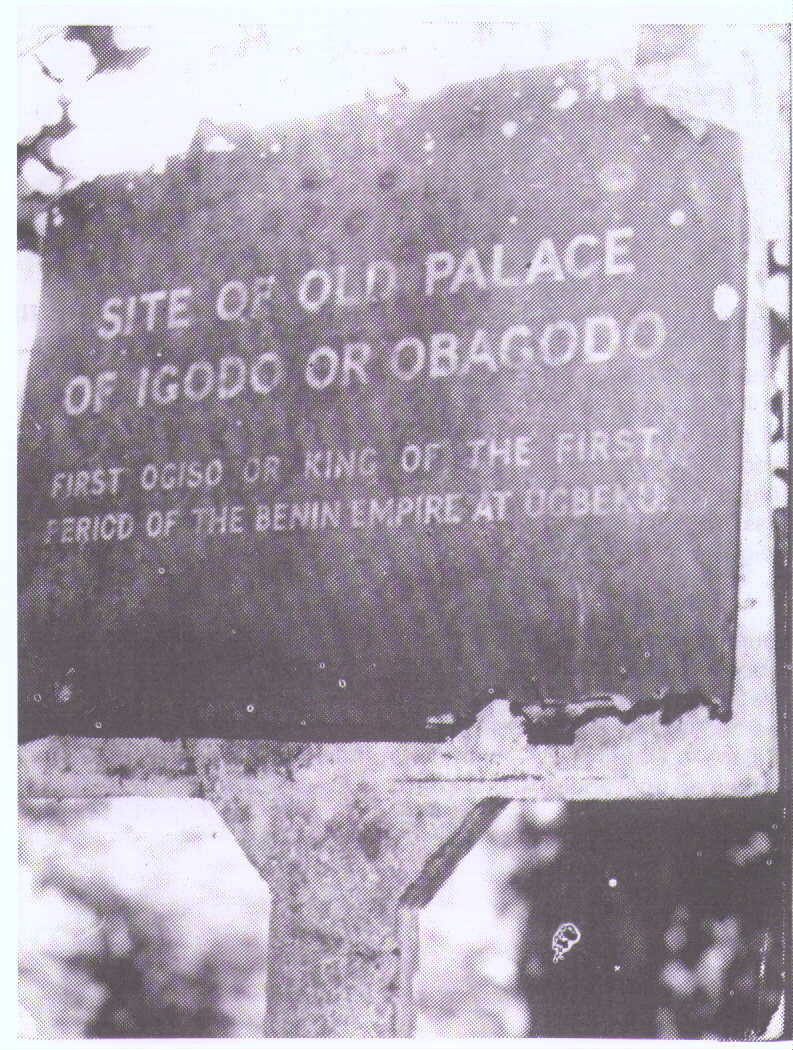Word or Phrase of the Day:
(Edo) Ener-ovbu-ugie: 16 (Sixteen)(4 out of 20)
(Edo) Igbe: 10 (Ten)
(Edo) Aria Isen: 1,000 (One Thousand)(5 x 200)
(Edo) Aria isen aria isen aria isen: 1,000,000,000 (One Billion) (1000 x 1000 x 1000)
(Edo) Eha: 3 (Three)
(Edo) Ogiẹ: Laughter
(Guosa) jìndé lá: arisen
(Edo) Iy-eva: 40(20 x 2)
(Edo) Ise: 5 (Five)
(Guosa) fòjí: break
(Edo) Uri or Aria okpa: 200 (Two Hundred)
(Guosa) Líttáfí: book
(Guosa) báasì, mó tí shìhé kófà: yes, I have opened the door
(Guosa) kùndé lá : awoken
(Edo) Iwera: 13 (Thirteen)
(Edo) Eva: 2 (Two)
(Guosa) tí fòjí: broke
(Edo) Iwene: 14 (Fourteen)
(Edo) Aria isen eva: 2,000 (Two Thousand)(2 x 1000)
(Guosa) ó tí mà: you have known

Benin City Earthworks
Benin City, Edo State, Nigeria
1280 to 1460
Part of the world's largest ancient earthwork--a complex system of moats and ramparts spread over some 6,500 square kilometers--the Benin City Walls consist of a set of inner and outer interlocking rings originally built to delineate the royal precinct of the Oba, or king, from the surrounding area. Following their construction, numerous other walls were erected in the surrounding countryside to mark the agricultural boundaries around distinct settlements. Built to an original height of more than 18 meters, and a length of 1,200 kilometers, the earthworks attest the development of urbanization and rise of state societies in subsaharan Africa, a process that began in the seventh century a.d. and culminated in the founding of the Benin Kingdom of Bronze and Ivory in the fourteenth century.
The Benin City Walls were ravaged by the British in 1897. Since then, portions of the walls have gradually vanished in the wake of modernization--large segments cannibalized for the construction of other buildings. However, significant stretches of the walls remain, enclosing innumerable red earth shrines and vernacular elite architecture with red-fluted walls. Though the walls and moats have been protected by national legislation since 1961, no conservation plan exists. The earthworks need to be mapped and assessed, a public awareness campaign launched, and a plan for long-term management developed.
Credit: World Monuments Fund
RETURN



















© 2024 Segun Toyin Dawodu | All rights reserved
